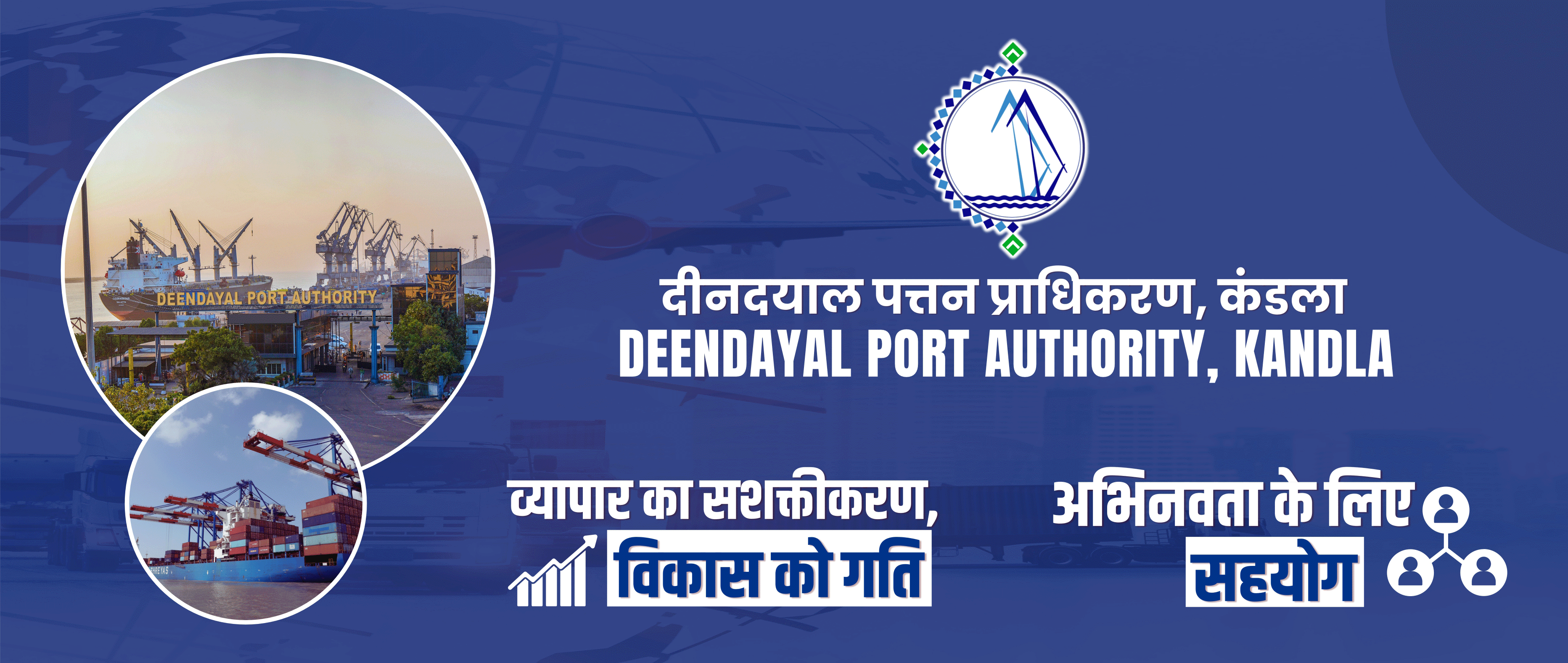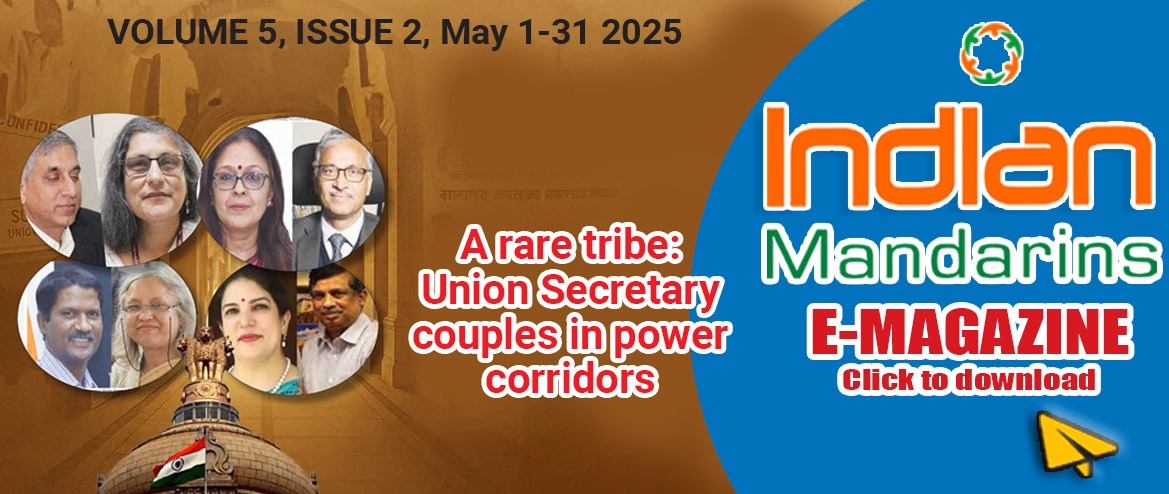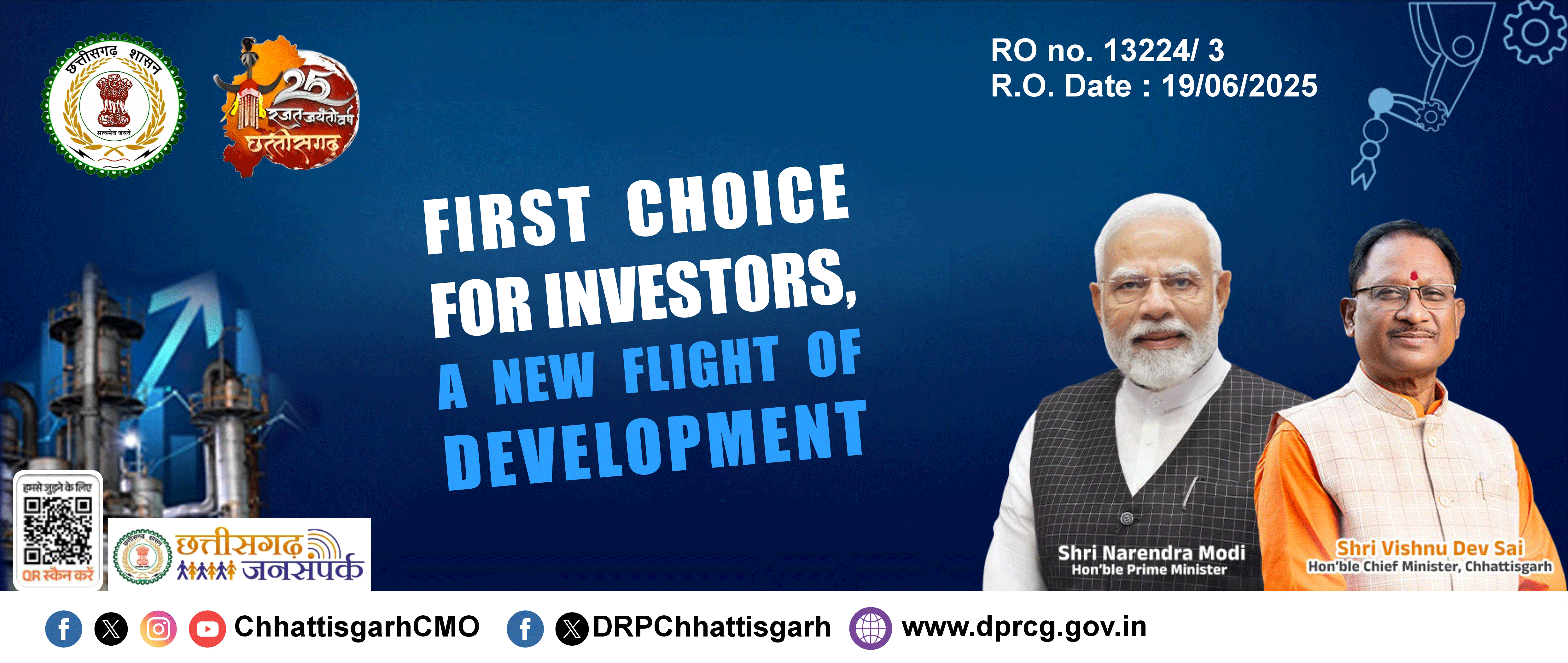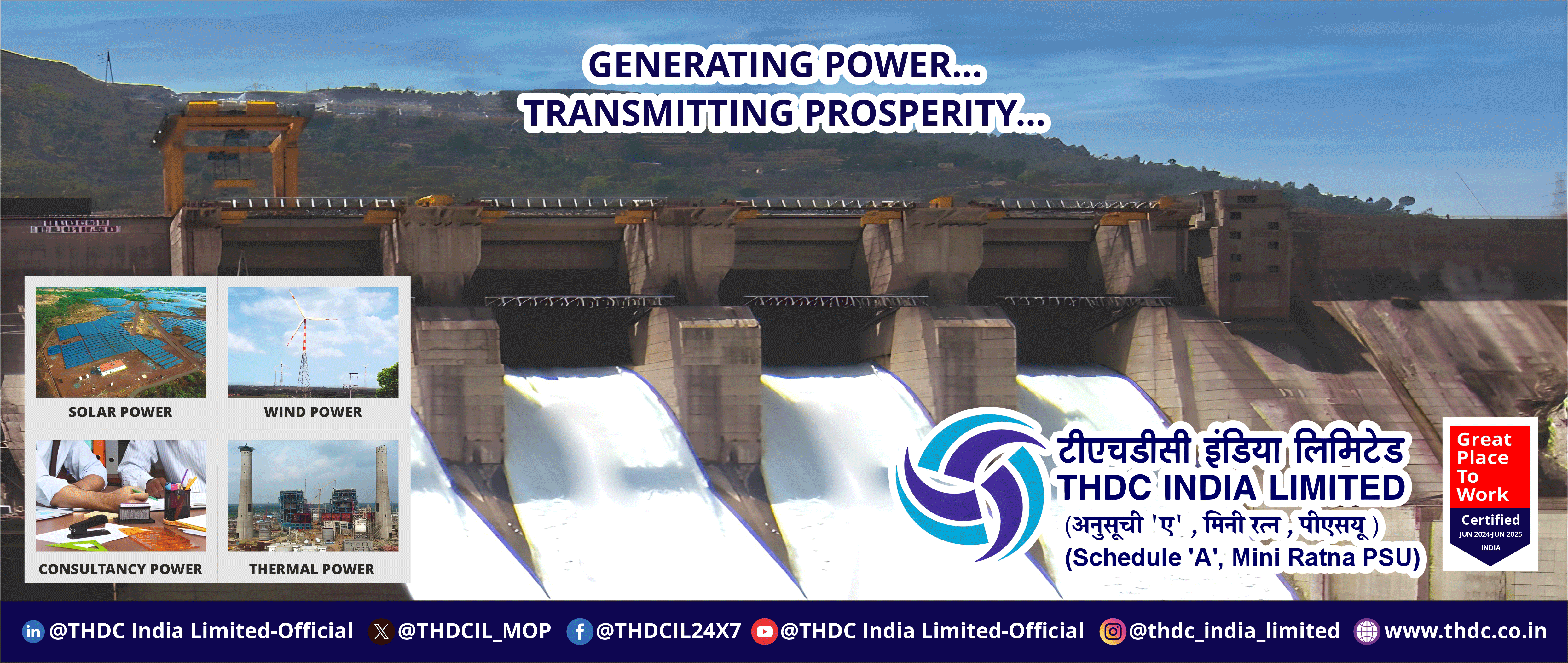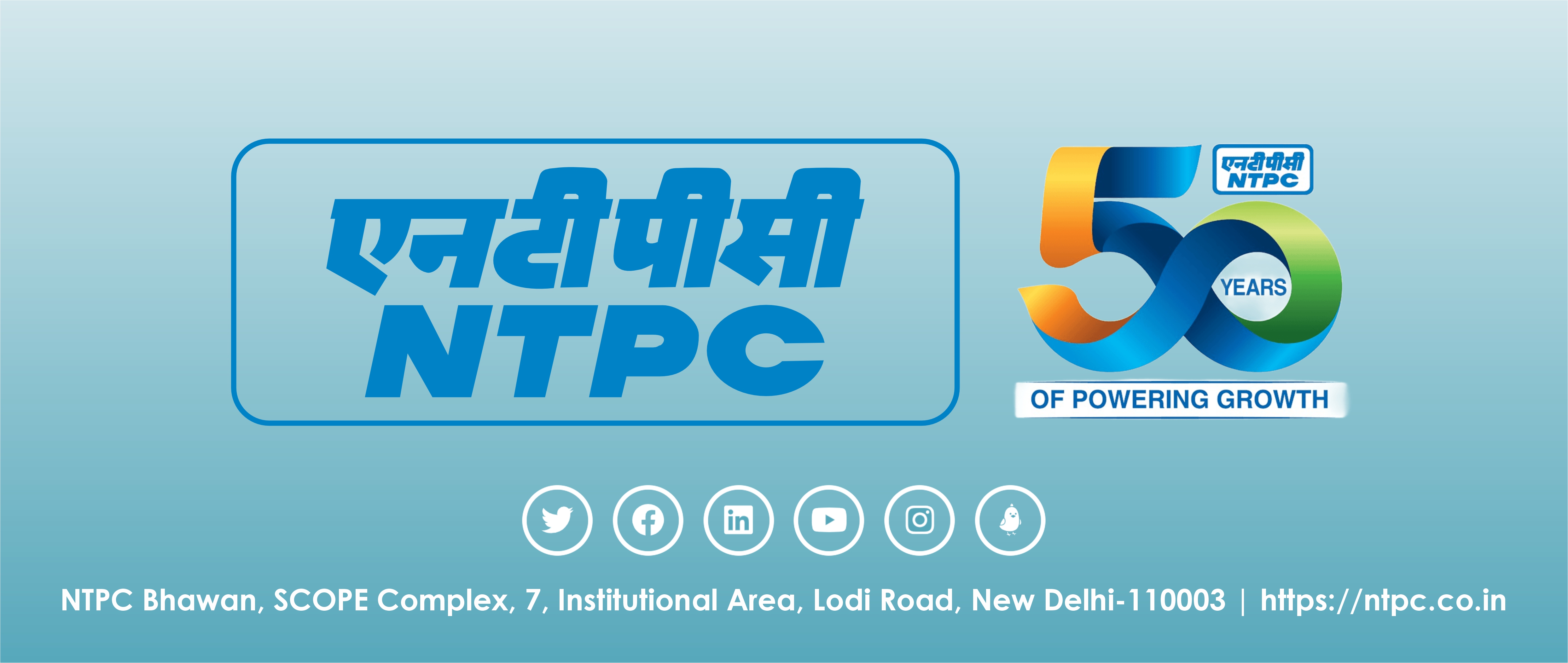TO RECIEVE EXCLUSIVE POSTS AND NEWS
![]() Everyone agrees on one point: that the career prospects of IAS officers in Govt of India is shrinking but at the same time more opportunities have been created for non-IAS officers, especially central services cadres, in Jt Secretary rank posts (GoI).
Take, for instance, the case of empanelment of IAS officers of 1999 & 2000 batch as Joint Secretary in the Govt of India. The empanelment supports the argument that the space for IAS officers in the critical JS rank posts have truly shrunk.
Let's look at the facts: Only 26 out of a total of 57 officers could make it as Joint Secretary in Govt of India in the empanelment that was announced on 13th September. It works out to 45.61 percent of the total strength of the batch. It may be underlined that 75 percent is a mark which is understood to be the standard ratio for JS empanelment of IAS officers at Centre. It may well be substantiated by the fact that the NaMo administration in its first three years (2014, 2015 & 2016) continued with the conventional ratio (that is approx 75 percent) and ensured 77.38 percent, 79.48 percent and 78 percent representation for 1996, 1997 & 1998 batch of IAS respectively - slightly above the conventional mark.
But the empanelment ratio of IAS cadre as Jt Secretary nosedived from 78 percent in 1996, 1997 & 1998 to 56.86 percent and 45.61 percent for 1999 & 2000 batch of IAS officers respectively - far less than the standard mark. There are many who believe that the 1998 batch also could have also met a similar fate but for the extremely low number of empanelment of 1996 batch IAS officers and subsequent fear among serving IAS officers - which prompted the Govt to become liberal in empanelling officers of the 1998 batch.
Of course, there could be official exigencies for low empanelment of officers of the 1999 and 2000 batches. However, it is pointed out that these batches were comparatively smaller and hence it was possible for the government to accommodate more officers and keep the percentage level at 75. Since it was not done, IAS officers believe they are being sidelined to make room for officers from other services at JS posts.
Officials believe that if the government really goes ahead with dismantling the decades' old established ratio of IAS and non-IAS officers at JS posts, it may impact Govt of India functioning not in a positive way. Even as they welcome the government's move to realign the existing ratio of IAS & Non-IAS officers in Director & Joint Secretary rank posts in view of the need to open up more opportunities for officers of central secretariat service, they caution that too much of a radical move can't but prove counterproductive.
Everyone agrees on one point: that the career prospects of IAS officers in Govt of India is shrinking but at the same time more opportunities have been created for non-IAS officers, especially central services cadres, in Jt Secretary rank posts (GoI).
Take, for instance, the case of empanelment of IAS officers of 1999 & 2000 batch as Joint Secretary in the Govt of India. The empanelment supports the argument that the space for IAS officers in the critical JS rank posts have truly shrunk.
Let's look at the facts: Only 26 out of a total of 57 officers could make it as Joint Secretary in Govt of India in the empanelment that was announced on 13th September. It works out to 45.61 percent of the total strength of the batch. It may be underlined that 75 percent is a mark which is understood to be the standard ratio for JS empanelment of IAS officers at Centre. It may well be substantiated by the fact that the NaMo administration in its first three years (2014, 2015 & 2016) continued with the conventional ratio (that is approx 75 percent) and ensured 77.38 percent, 79.48 percent and 78 percent representation for 1996, 1997 & 1998 batch of IAS respectively - slightly above the conventional mark.
But the empanelment ratio of IAS cadre as Jt Secretary nosedived from 78 percent in 1996, 1997 & 1998 to 56.86 percent and 45.61 percent for 1999 & 2000 batch of IAS officers respectively - far less than the standard mark. There are many who believe that the 1998 batch also could have also met a similar fate but for the extremely low number of empanelment of 1996 batch IAS officers and subsequent fear among serving IAS officers - which prompted the Govt to become liberal in empanelling officers of the 1998 batch.
Of course, there could be official exigencies for low empanelment of officers of the 1999 and 2000 batches. However, it is pointed out that these batches were comparatively smaller and hence it was possible for the government to accommodate more officers and keep the percentage level at 75. Since it was not done, IAS officers believe they are being sidelined to make room for officers from other services at JS posts.
Officials believe that if the government really goes ahead with dismantling the decades' old established ratio of IAS and non-IAS officers at JS posts, it may impact Govt of India functioning not in a positive way. Even as they welcome the government's move to realign the existing ratio of IAS & Non-IAS officers in Director & Joint Secretary rank posts in view of the need to open up more opportunities for officers of central secretariat service, they caution that too much of a radical move can't but prove counterproductive.





